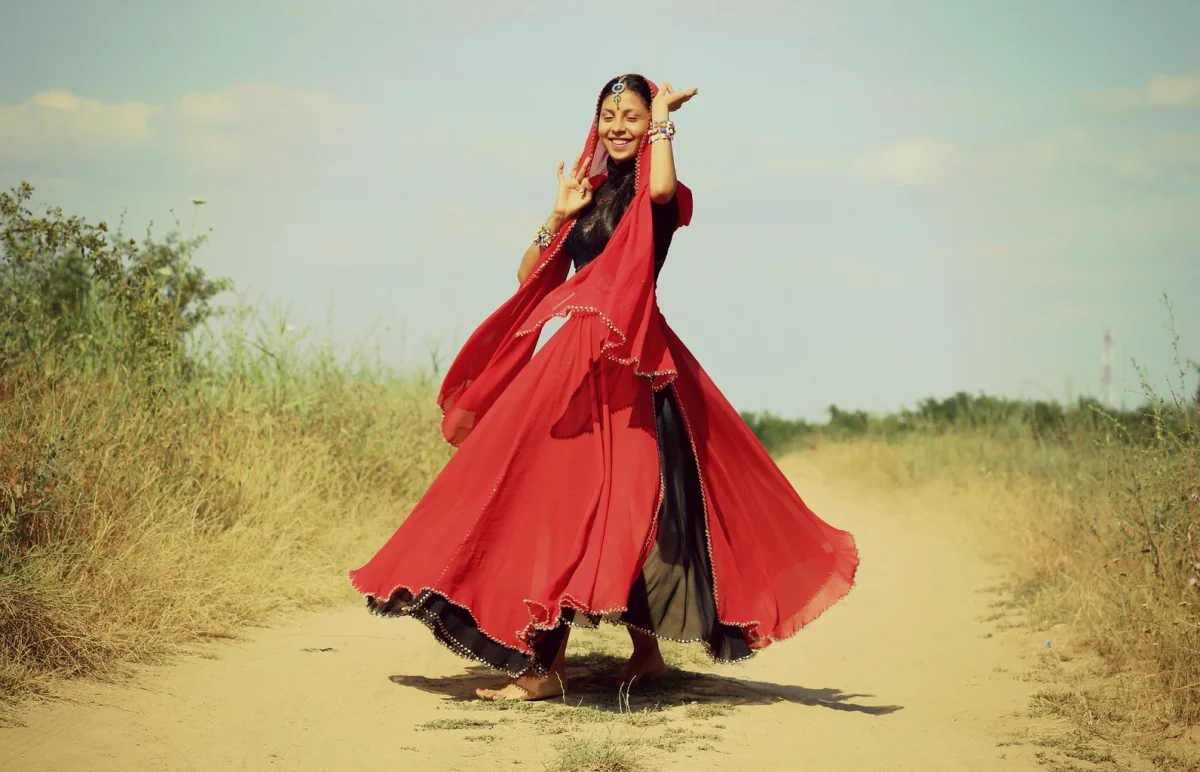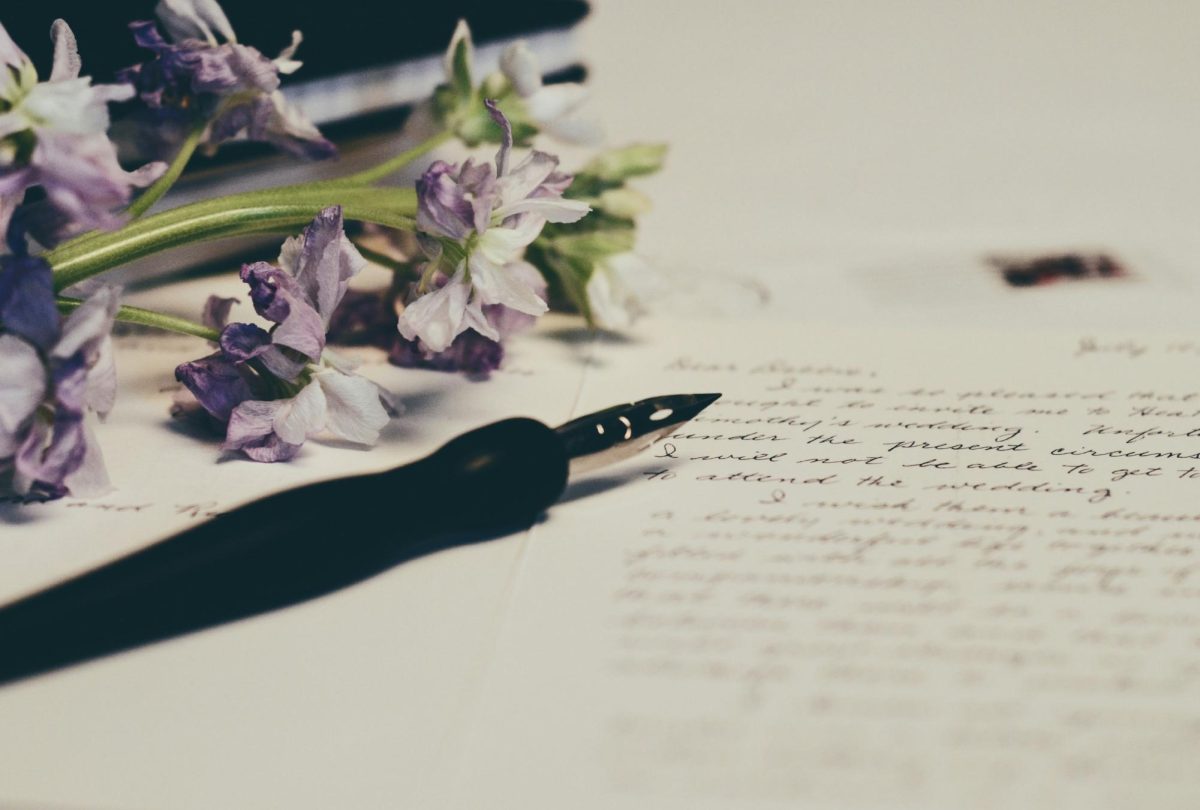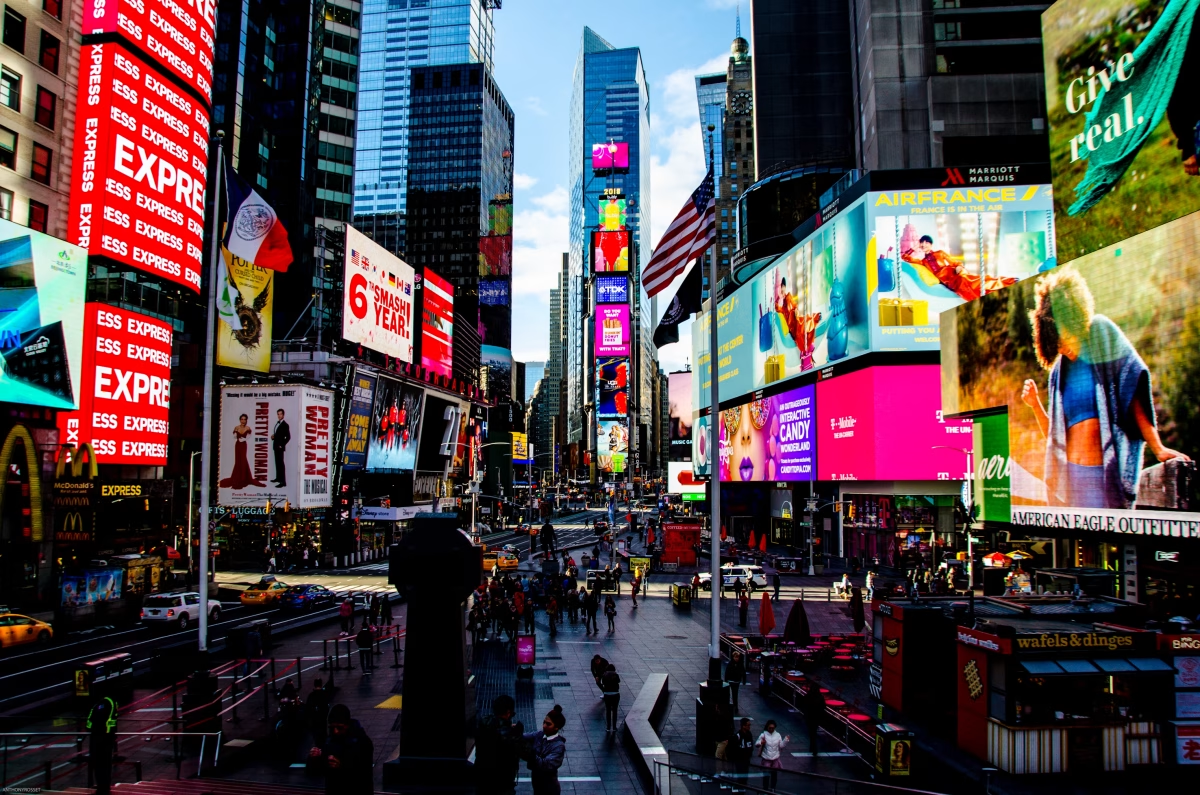From Joan of Arc to our heroes today, female veterans have always had a huge impact on military services and frontlines, despite it being a male dominated field. Women have always played a significant role in the United States’ conflicts, some dating all the way back to the Revolutionary War. Additionally, they have served the United States Army in traditional roles as nurses, seamstresses and cooks for troops in camp. Some even served in combat either alongside their husbands or disguised as men, while others operated as spies for the cause, having overcome decades of obstacles to get to where they are today.
Women have always found ways to join the fight for their countries. Taking Margaret Corbin in 1776 as an example, who disguised herself as a man and traveled with her husband to the Battle of Fort Washington, the lengths women have gone to pave these ways was displayed as Corbin carried on fighting even with wounds after her husband was shot by enemy fire. She was given a military pension in acknowledgment of her efforts years after her death and reburied at West Point with full military honors — a traditional ceremony to commemorate her bravery and efforts. Corbin would be one of the first dominos to have fallen in the rise of women stepping into the battlefield but not always picking up guns.
Notably, it was during the Civil War that women began to serve as nurses on a much larger and more official scale. Approximately 3,000 women served as nurses for the Union Army during the war, Over the course of the war, trailblazer Dorothea Dix was appointed Superintendent of the U.S. Army Nurses for the Union Army, leading her own “army of nurses.” Meanwhile, some women much like Corbin, marched on the bloodied grounds, about 1,000 of them disguised as men and fought on both sides of the Civil War. This domino effect followed all the way up to the end of the 20th century when many women made their “firsts” in the military: Kara S. Hultgreen, the first woman to soar the skies for her country and become a Navy fighter pilot, Ann Dunwoody, the first female four-star general in the Army and Sara Faulkner, the first female rescue swimmer in the Coast Guard, among others. Today, women make up a significant part of the U.S. military. So, why is it that this sweat and toil still faces the arched eyebrows of the public today?
It took a long time to make the military fully accessible to women. In the years of Obama’s presidency, all combat positions, including in the ground forces, were made open to them. Arguably, the armed forces had made an attempt at leveling the ground between female and male members, but even so, there remained significant work to fully resolve the issue at hand.
According to a case study called “Challenges Faced by Women Veterans During and After Deployment” conducted in March 2022 by the National Institute of Health, a common thread emerged among respondents in the study: gender-based scrutiny and discrimination. The military’s inadequate position and response to military sexual trauma disadvantaged female service members living in a male-dominated environment. The trend suggested that in general, women are less likely to hold leadership roles due to gender-based discrimination from those in power. Additionally, compared to male veterans, nearly three times as many female veterans reported having experienced gender-based discrimination or harassment in performance evaluations, career opportunities or pay grades. In a recent qualitative study on organizational culture in the Marines by the NIH, female Marines reported encountering negative gender-based expectations prior to their arrival at a new unit as well as hesitation to interact with male peers or leaders for fear of ostracization.
Women are also unhealthily affected by military sexual trauma, defined by the Department of Veterans Affairs as “psychological trauma, which in the judgment of a VA mental health professional, resulted from a physical assault of a sexual nature.”
So, what can be done to amend these problems women still have to face today?
There are various possible solutions people can ask to enforce. The first and most obvious would be to increase representation and the appeal of military service for women, as well as amplify the voices of those who have had the honor of serving their country, thereby spreading the word. Marine Colonel Amy Ebitz highlighted some positives that reflect the opportunities for women in the military in regard to pay and experience.
Said Ebitz, “The military absolutely embodies the equal-pay-for-equal-work principle. Regardless of your gender, your pay will be equal to others with the same time in service and qualifications.”
While this solution may in fact work for the betterment of representation, society should also consider spreading awareness of the hardships of women in this workforce, bringing the matter at hand to attention and using knowledge about it as our catalyst for change.
All in all, our everyday heroes have always had a huge impact on military services and frontlines, despite it being a male-dominated field. Women have always played a significant role in conflicts, served the United States Army and have overcome decades of obstacles to get to where they are today.










